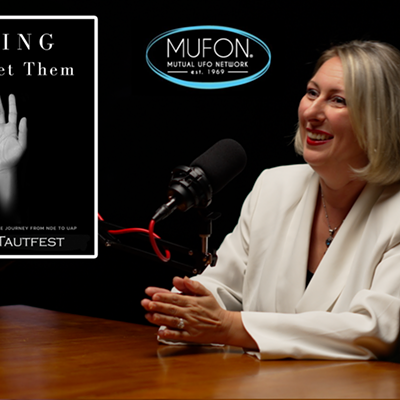Why in the world does Oklahoma lead the nation in the number of women incarcerated on a per capita basis? Do state leaders really want that distinction?
The numbers tell a truly sad story: There are approximately 2,600 women imprisoned in Oklahoma, which reflects a rate of 131 per 100,000 residents. The national average is 69 per 100,000 residents. This makes Oklahoma No. 1 in the nation for female incarceration, which is a dubious ranking.
It does nothing to improve the state's national image, and it can make people view the state as an unforgiving, rigid place with a draconian judicial system that throws mothers in prison without considering the larger societal consequences.
Most of those women incarcerated " a staggering 68 percent " are behind bars for nonviolent crimes.
When women go to prison, it can bring serious dysfunction to families. Children sometimes have to cope in life without their mothers. Often a family will lose income when a mother goes to prison, and the result is impoverishment. This leads to a cycle of despair that helps produce a new generation of women prisoners. This may seem like the old story about the backlash of incarceration, but it's as true as ever.
It also costs taxpayers more money to incarcerate a woman than to provide her with counseling and drug treatment. This is money that could go to education or into health and social service programs, which can help provide the family support and guidance that can keep people out of prison in the first place.
Laura Pittman, a psychologist and the deputy director of female offender operations at the Oklahoma Department of Corrections, agrees the state should try to reduce its female incarceration rate. She participated recently in a public hearing on how to craft legislation to reduce the number of women in prison here, but that could prove to be a difficult task in a conservative, law-and-order state in which judges, prosecutors and legislators don't want to appear to be soft on crime.
One legislative initiative that could result in lower incarceration rates would be to modify the existing habitual offender law, which allows prosecutors to seek lengthier prison sentences for anyone who is convicted of two or more felony offenses in a 10-year period. A third felony offense can result in a prison term of 20 years to life in prison.
Legislators could modify the law to make it less stringent and to ensure violent offenders get the most time, not nonviolent offenders who might simply need drug treatment and extensive rehabilitation. This could decrease the prison population and save taxpayers money.
Legislators could also pass laws creating more treatment programs and alternative sentencing for people charged with nonviolent drug crimes, especially for simple possession. The so-called war on drugs, initially declared by former President Richard Nixon, has been a disaster and a tremendous drain on taxpayers. Streamlined methamphetamine manufacturing methods, which have made it into the news recently, could mean Oklahoma will see a surge in drug possession charges. Will this drive the female incarceration rate up even further?
If the state can reduce the number of its women inmates, it won't mean anyone here will have suddenly gone soft on crime. It will only mean people have embraced common sense to solve a serious issue.
Hochenauer is an English professor at the University of Central Oklahoma and the author of the Okie Funk blog, www.okiefunk.com.












